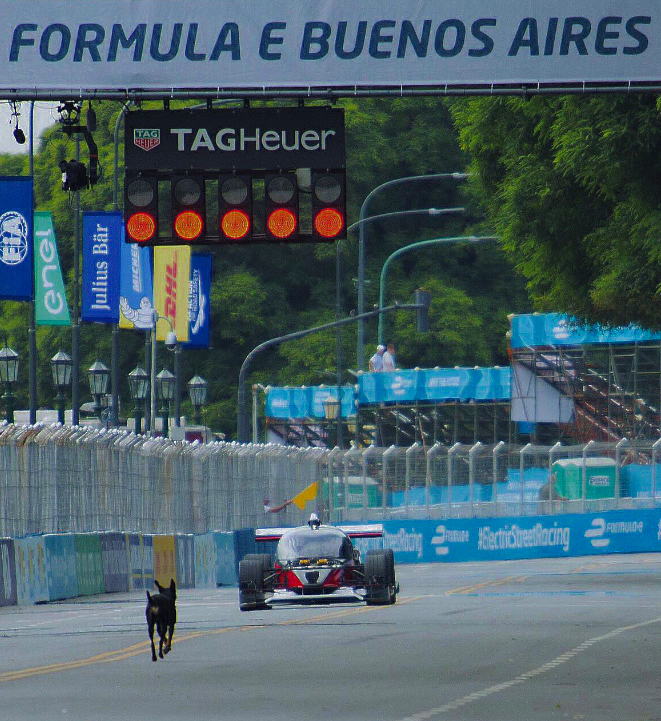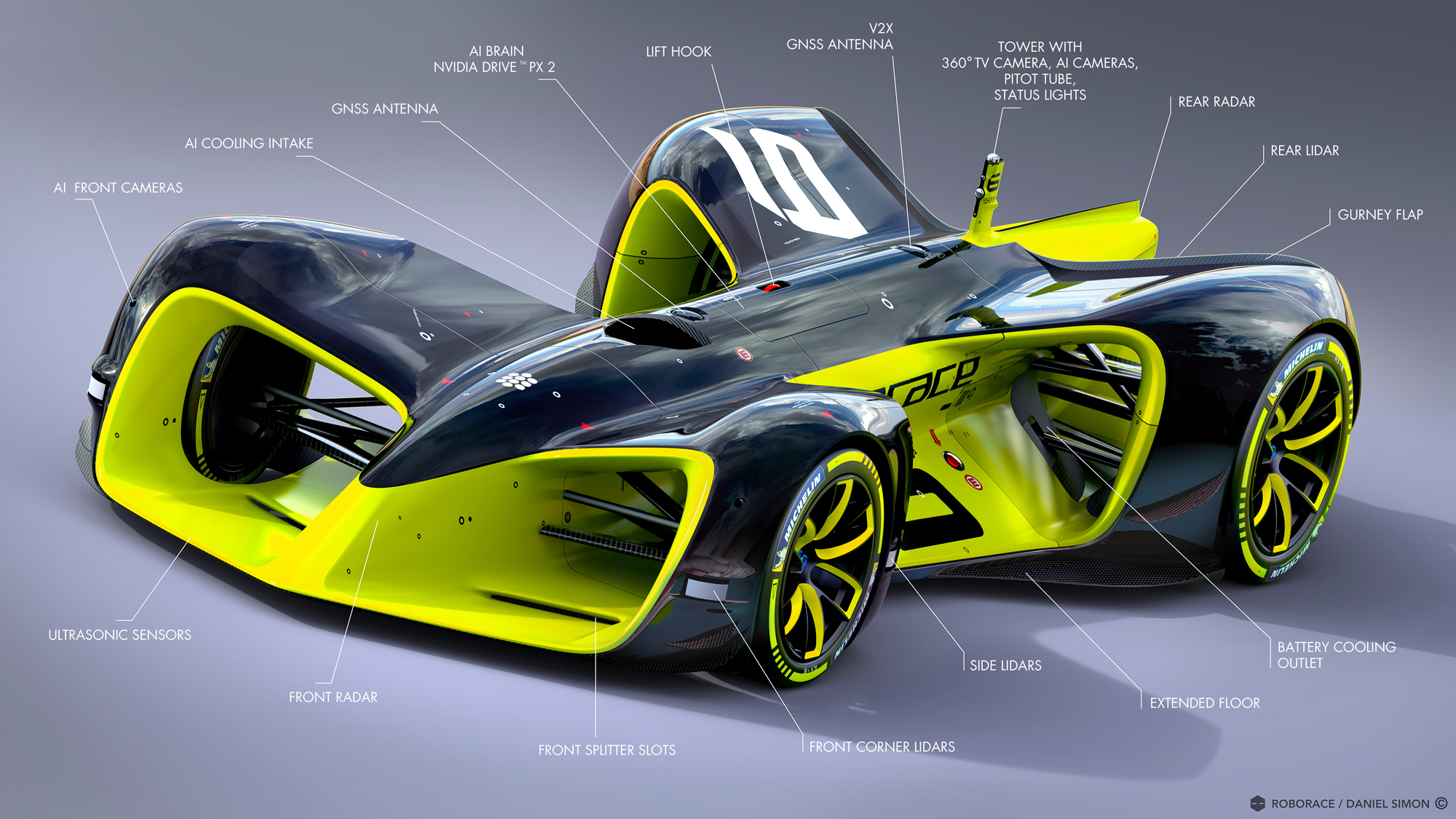Driverless racing car crashes during landmark race
Driverless, electric and connected, the ‘Robocar’ has been billed as the car of the future. The Chief Designer Daniel Simon was responsible for the cars in Tron: Legacy, which goes some way to explain the futuristic appearance of the world’s first autonomous electric racing car. At the Roborace competition on 18th February in Buenos Aires, Argentina, two ‘DevBot’ cars raced against each other.
These prototype vehicles will allow teams to develop their software and experience the hardware that will be used on the Robocar.
Click image to enlarge.
During this landmark race, one of the vehicles crashed after miscalculating a corner at high speed.
Speaking with the BBC, Justin Cooke, Chief Marketing Officer, Roborace, said: "One of the cars was trying to perform a manoeuvre, and it went really full-throttle and took the corner quite sharply and caught the edge of the barrier."
While the DevBot’s do have a cabin for a driver to sit in, during this test race no drivers were present. This, combined with crash barriers and a maximum speed limit of 115mph, meant that no humans were hurt.
The Roborace test series is still in development, but the ultimate goal is to have multiple teams racing against each other, each with the same car design, but writing their own artificial intelligence software to control them.
The Devbots make use of a laser-based Light Detection and Ranging (LIDAR) sensing method to guide themselves. They also communicate to avoid collisions with each other.
While the DevBot 2 did get damaged, the DevBot 1 successfully navigated an unexpected obstacle on the track: a dog. Cooke stated that when the inquisitive animal ran onto the road, “the car was able to slow down, avoid it and take another path."

During the Mobile World Congress trade show taking place from 27th February-2nd March in Barcelona, Denis Sverdlov, Roborace’s Chief Executive, is expected to unveil more details about the company’s plans. Following this, attention will shift to Mexico City on 1st April for the next Formula E race.
While the cars didn’t crash into each other or injure any spectators, the outcome of the race shows that there is still a lot of work to do on autonomous racing cars before they become standard practice. Currently, racing drivers enjoy a huge popularity - will the general public be as entertained by driverless vehicles?



